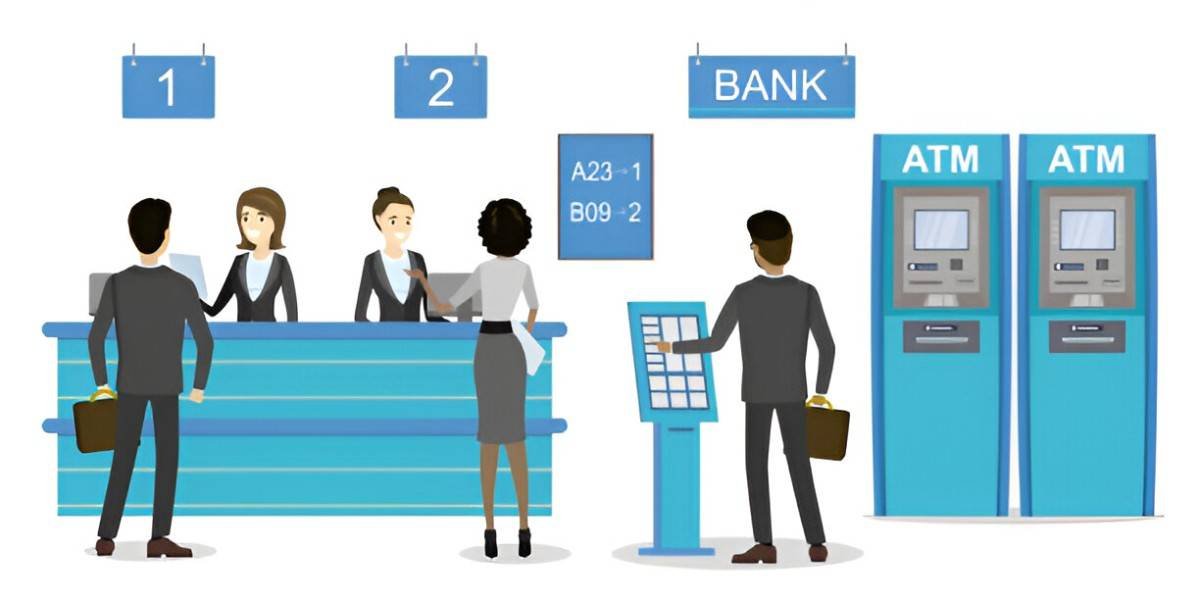In this article, we explore the concept of Bilateral Bank Facilities, defining their nature, providing practical examples, and discussing their significance in banking and finance.
Table of Contents
What is a Bilateral Bank Facility?
H2: Definition and Characteristics
A Bilateral Bank Facility refers to a type of credit or financing arrangement extended by a bank to a borrower, typically involving two parties: the borrower (often a corporate entity) and the lending bank. This facility is structured as a bilateral agreement, where the terms and conditions are negotiated directly between the borrower and the bank.
Key Features of Bilateral Bank Facilities
- H3: Two Parties Involved: The facility involves a borrower and a single lending institution (bank).
- H3: Customized Terms: Terms and conditions are negotiated based on the borrower’s creditworthiness, financial health, and specific needs.
- H3: Flexibility: Offers more flexibility in terms of structure and repayment schedules compared to syndicated loans involving multiple lenders.
- H3: Security Arrangements: Typically requires collateral or security to mitigate the bank’s risk.
How Bilateral Bank Facilities Work
H2: Mechanism and Operation
- Loan Agreement: The borrower and the bank negotiate the terms of the facility, including the loan amount, interest rate, repayment schedule, and any applicable fees.
- Credit Evaluation: The bank assesses the borrower’s creditworthiness, financial statements, and business prospects to determine the risk level.
- Documentation: Both parties finalize the loan agreement and other necessary documentation, which may include security arrangements such as pledges of assets or guarantees.
Examples of Bilateral Bank Facilities
H2: Real-World Applications
Corporate Financing
- H3: Example: A multinational corporation negotiates a bilateral revolving credit facility with a bank to finance its working capital needs and strategic initiatives. The facility provides flexibility in borrowing and repayment terms based on the corporation’s cash flow cycles and market conditions.
Project Financing
- H3: Example: A construction company secures a bilateral term loan facility from a bank to fund a large infrastructure project. The loan is structured with specific milestones for disbursement tied to project completion stages, ensuring funds are available as needed throughout the project lifecycle.
Advantages of Bilateral Bank Facilities
H2: Benefits for Borrowers and Lenders
Borrowers
- H3: Tailored Solutions: Borrowers can negotiate terms that align with their financial strategy and operational requirements.
- H3: Confidentiality: Transactions are private between the borrower and the bank, maintaining confidentiality.
Lenders
- H3: Risk Management: Allows banks to closely manage and monitor credit exposure to a single borrower.
- H3: Relationship Building: Enhances the bank’s relationship with the borrower through personalized service and ongoing financial support.
Considerations and Risks
H2: Potential Challenges
Interest Rate Risk
- H3: Fluctuations: Changes in interest rates can impact the cost of borrowing for the borrower and the profitability of lending for the bank.
Credit Risk
- H3: Default Risk: There is a risk that the borrower may default on repayment obligations, requiring banks to enforce collateral or take legal action.
Conclusion
Bilateral bank facilities play a crucial role in corporate finance by providing customized credit solutions tailored to the specific needs and financial circumstances of borrowers. These facilities offer flexibility, confidentiality, and personalized service, making them a preferred choice for companies seeking direct lending relationships with banks. Understanding how bilateral bank facilities operate is essential for businesses looking to optimize their financing strategies and manage financial resources effectively.
References
- Mishkin, F. S., & Eakins, S. G. (2015). Financial Markets and Institutions (8th ed.). Pearson Education.
- Saunders, A., & Cornett, M. M. (2017). Financial Institutions Management: A Risk Management Approach (9th ed.). McGraw-Hill Education.





